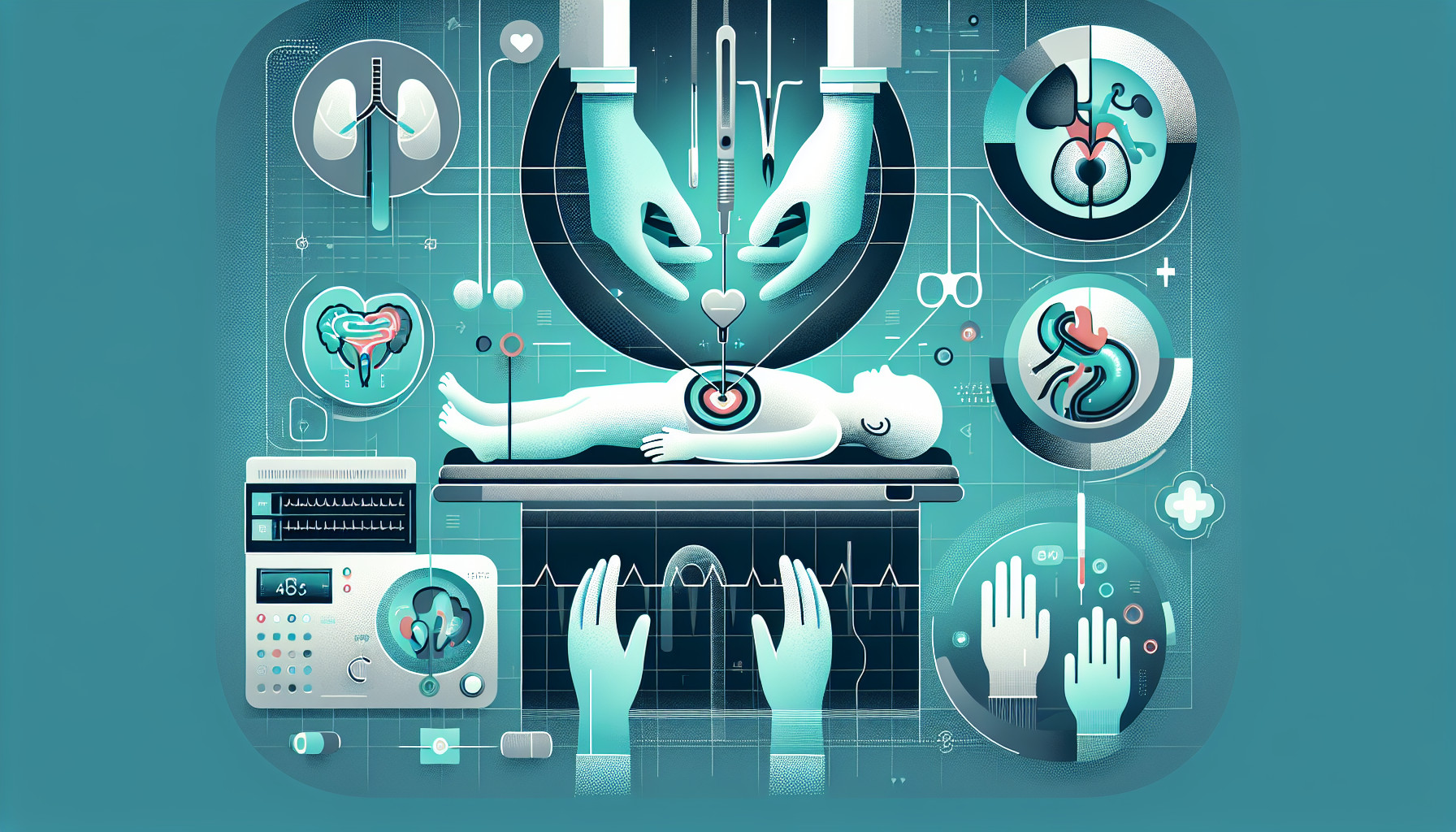Our Summary
This study surveyed pediatric surgeons in the US to understand their preferred methods of repairing inguinal hernias in children, a common procedure. These hernias can be repaired using either an open or laparoscopic (minimally invasive) approach. The survey found that while most surgeons learned the open technique during their training, two-thirds are now using both the open and laparoscopic method. When performing an open repair on one side, most surgeons also check for and potentially repair a hernia on the other side, often using a laparoscope. For hernias that reoccur, surgeons were split on whether to switch techniques or stick with the initial approach. The study highlights the increasing use of laparoscopic techniques in pediatric hernia repair.
FAQs
- What are the two methods used by pediatric surgeons to repair inguinal hernias in children?
- Do most surgeons check for a hernia on the other side when performing an open repair?
- If a hernia reoccurs in a child, do surgeons typically switch techniques or stick with the initial approach?
Doctor’s Tip
One helpful tip a doctor might tell a patient about pediatric hernia repair is that both open and laparoscopic techniques are commonly used and have their own advantages and disadvantages. It’s important to discuss with the surgeon which approach is best for the child’s specific situation. Additionally, for hernias that reoccur, it’s important to discuss with the surgeon whether switching techniques or sticking with the initial approach is the best course of action.
Suitable For
Pediatric patients who are typically recommended for pediatric hernia repair include those with inguinal hernias, which are common in children. Surgeons may recommend hernia repair for children who experience pain, discomfort, or complications related to their hernia. Additionally, children with recurrent hernias or hernias that are at risk of becoming incarcerated (where the herniated tissue becomes trapped and cannot be pushed back into the abdomen) may also be recommended for hernia repair. Surgeons may also recommend hernia repair for children with certain underlying medical conditions that increase the risk of complications from a hernia.
Timeline
Before pediatric hernia repair:
- The patient may experience symptoms such as a visible bulge in the groin area, pain or discomfort, and swelling.
- The patient and their family will consult with a pediatric surgeon to discuss treatment options.
- The surgeon will perform a physical examination and may order imaging tests to confirm the diagnosis of a hernia.
- The surgeon will explain the surgical procedure, potential risks and benefits, and post-operative care to the patient and their family.
After pediatric hernia repair:
- The patient will undergo the hernia repair surgery, which can be done using an open or laparoscopic approach.
- After the surgery, the patient will be monitored in the recovery room and then discharged home with instructions for post-operative care.
- The patient may experience some pain, swelling, and discomfort in the days following the surgery, which can be managed with pain medication and rest.
- The patient will have follow-up appointments with the surgeon to monitor the healing process and ensure there are no complications.
- The patient can gradually return to normal activities as advised by the surgeon, typically within a few weeks after the surgery.
What to Ask Your Doctor
- What are the risks and benefits of open vs. laparoscopic hernia repair in children?
- How experienced are you in performing pediatric hernia repairs using both open and laparoscopic techniques?
- Will you be checking for and potentially repairing a hernia on the other side during the surgery?
- What is your approach if a hernia reoccurs after the initial repair?
- What is the expected recovery time and potential complications associated with pediatric hernia repair?
- How long will my child need to stay in the hospital after the surgery?
- Are there any specific post-operative care instructions or restrictions my child will need to follow?
- Are there any long-term implications or risks associated with pediatric hernia repair?
- What type of anesthesia will be used during the surgery and are there any potential side effects?
- Are there any alternative treatment options or considerations for my child’s hernia repair?
Reference
Authors: Ochoa BV, Eldredge RS, Padilla BE; Pediatric Inguinal Hernia Collaborative Group. Journal: J Pediatr Surg. 2024 Oct;59(10):161584. doi: 10.1016/j.jpedsurg.2024.05.014. Epub 2024 May 28. PMID: 38914510
